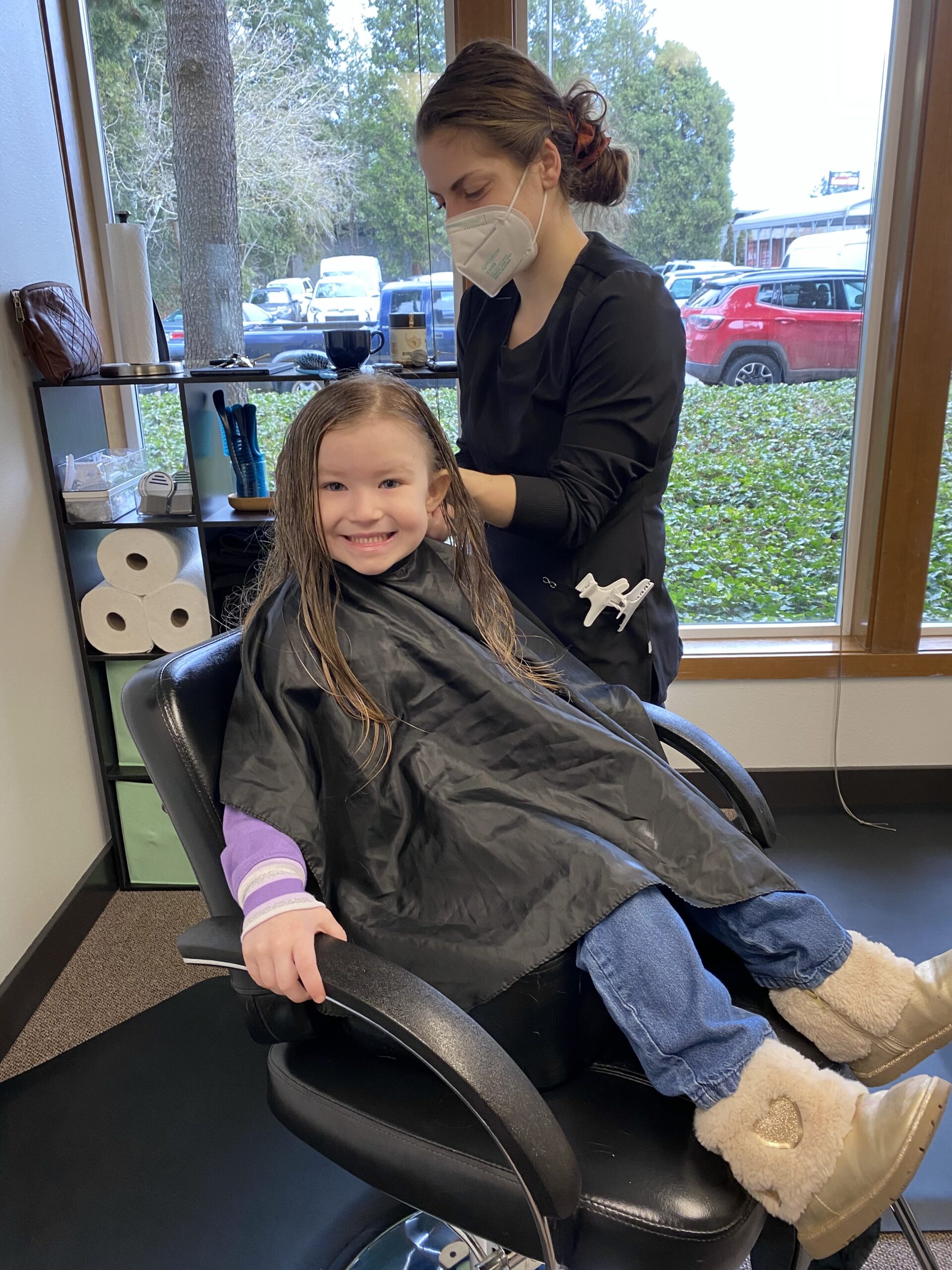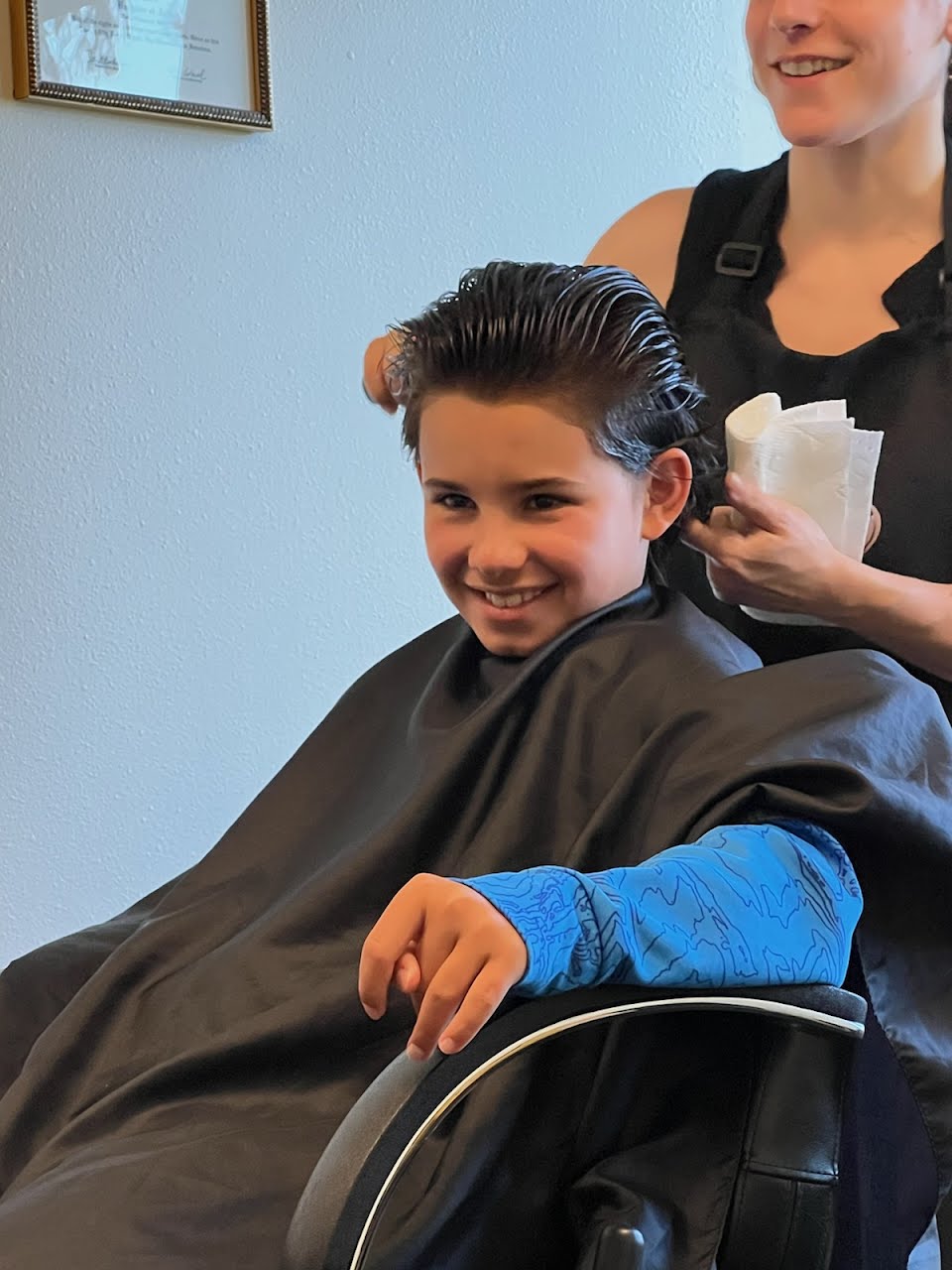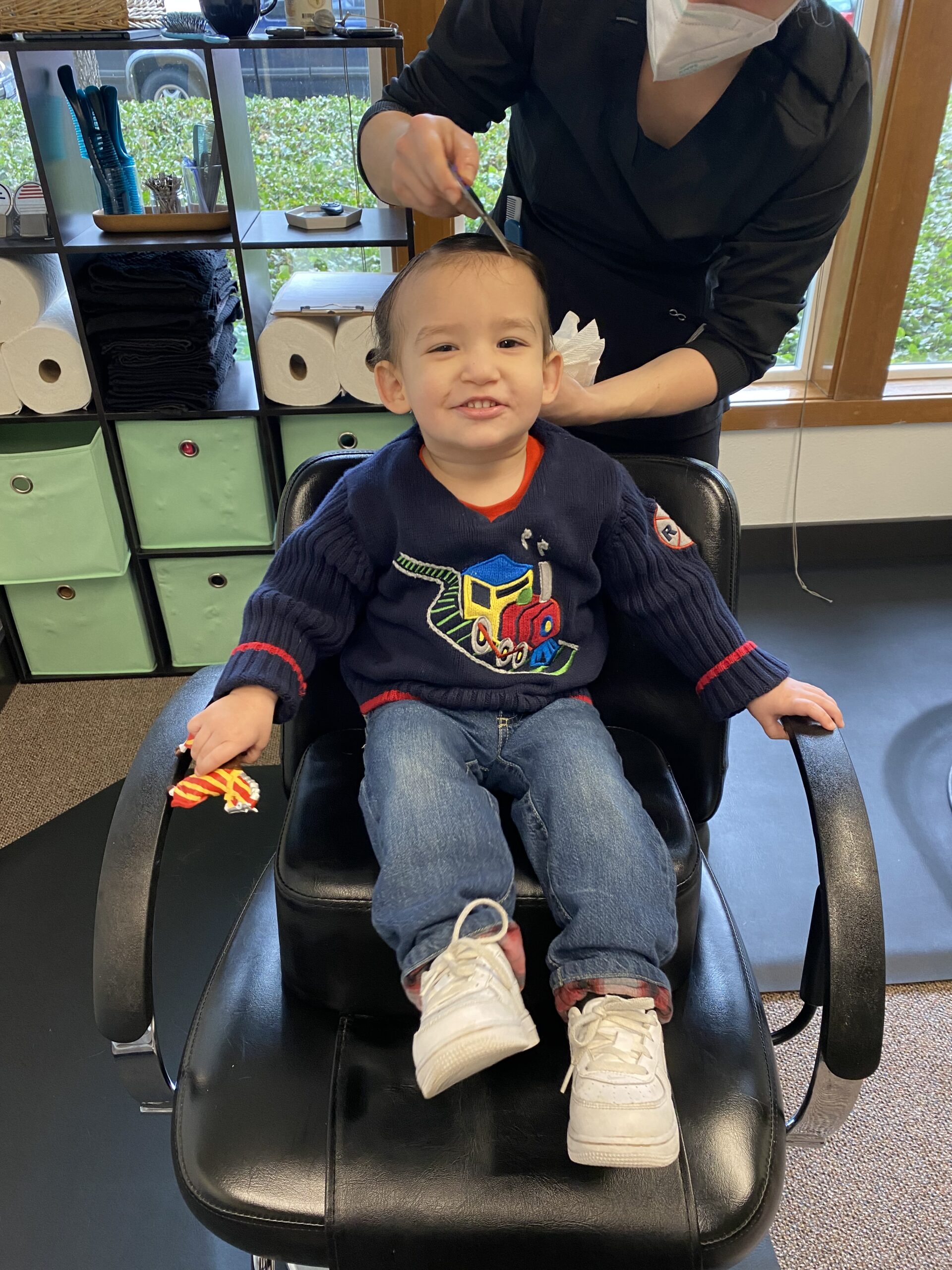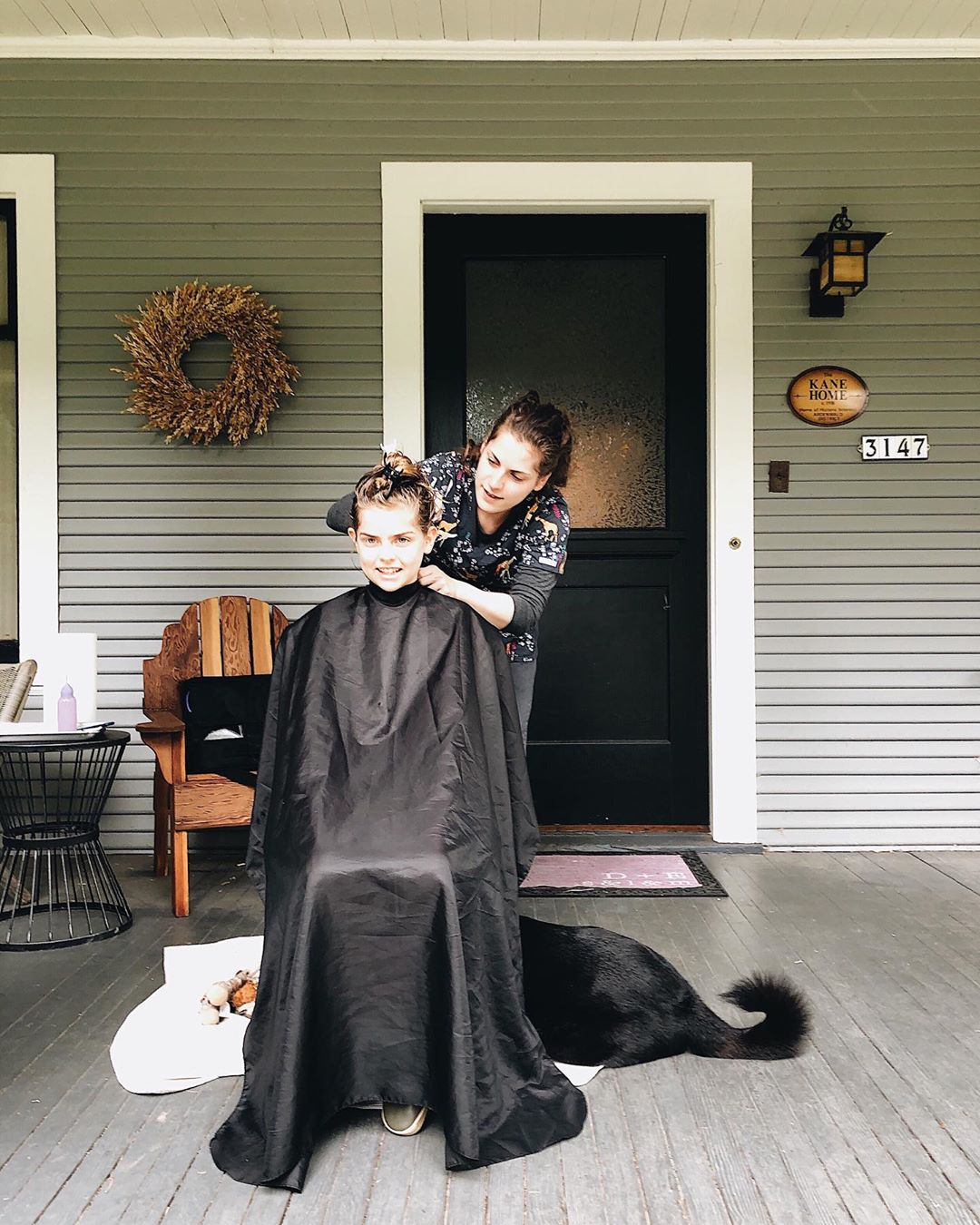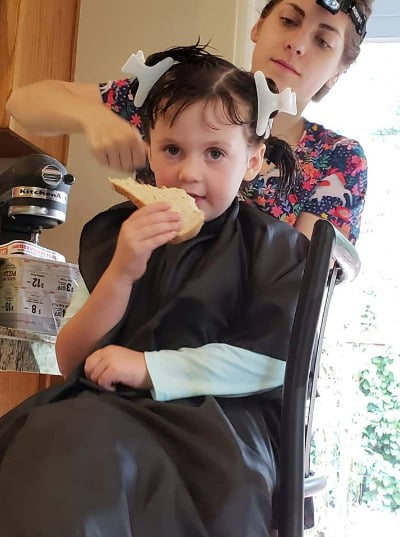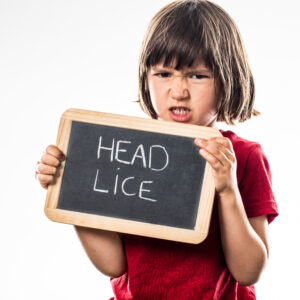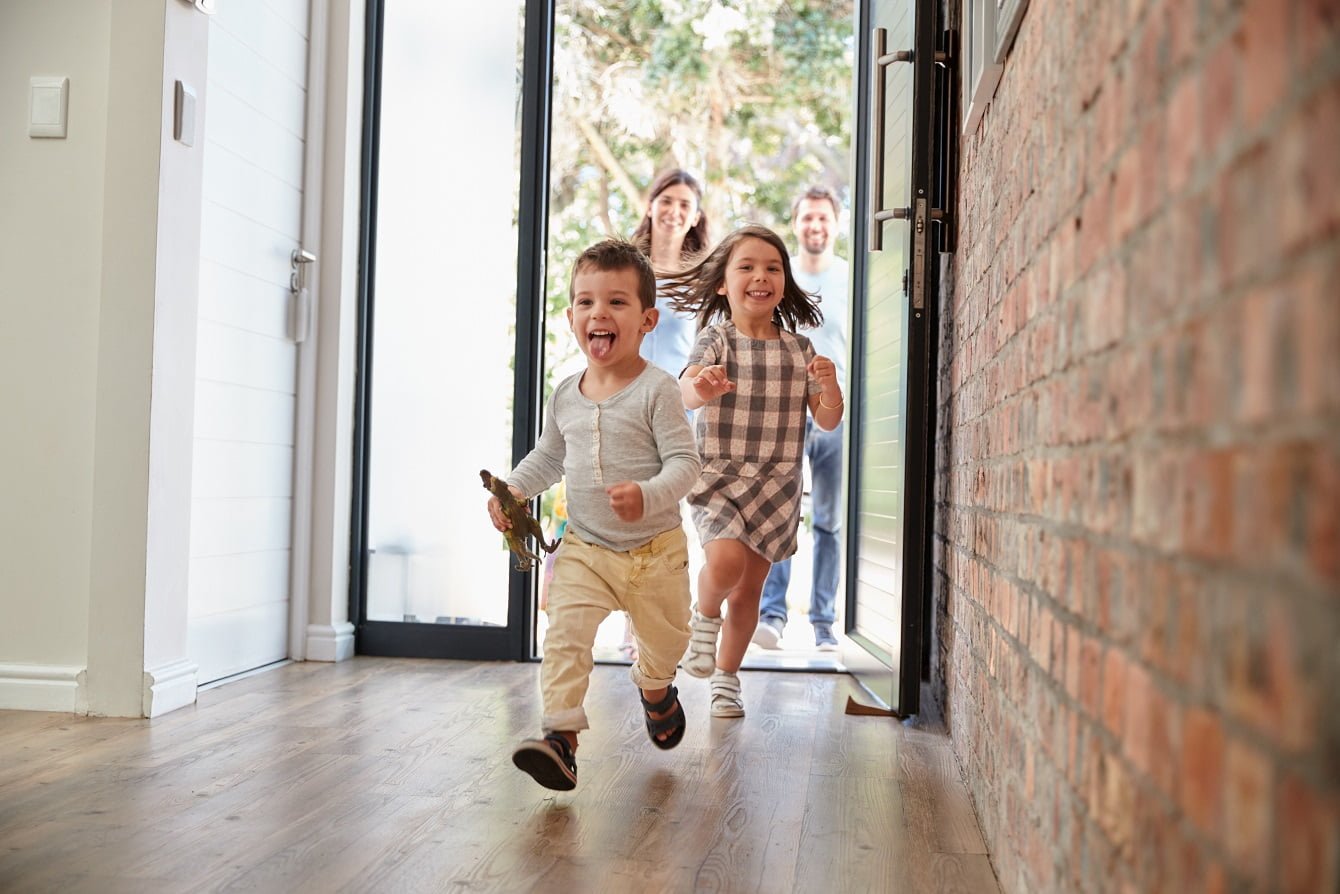Lice Treatment: Fast, Effective Options
Head lice are common and manageable. This lice treatment guide explains what works, what doesn’t, and where each option fits—so you can act with confidence.
Prefer quick, pesticide-free results? Book professional heated-air head lice treatment with a Lice Charmers lice clinic near you. Call or text to get started today.
Head lice treatment overview and key facts
- Lice live on the scalp and feed on small amounts of blood. They don’t jump or fly.
- Finding live, moving lice means active infestation; nits (eggs) alone don’t always mean you need to retreat.
- Treat infested family members the same day and check close contacts.
- Most products target live lice more than eggs, so timing and combing matter.
Head lice treatment life cycle basics and why retreatment matters
- Eggs (nits) hatch in about 7–10 days. Many products don’t kill all eggs.
- If your product isn’t fully ovicidal, plan a second treatment around day 9–10.
- Combing removes eggs that survive and reduces reinfestation risk.
Over-the-counter head lice treatment: permethrin 1% (how it works, steps, shortcomings)
How it works: Nerve-targeting pesticide that kills live lice.
How to use: Apply to clean, towel-dried hair with no conditioner. Saturate from scalp to ends, wait per label, rinse over a sink (not in a bath/shower), and comb with a fine-tooth nit comb. Recheck every 2–3 days and retreat on day 9–10 if needed.
Shortcomings: Not 100% ovicidal (eggs can survive). Some lice show resistance. Requires careful timing and thorough combing. Can feel drying or irritating to sensitive scalps.
Want a one-visit solution? Lice Charmers’ heated-air head lice treatment dehydrates lice and eggs in a single appointment—no pesticides, no guesswork. Text or call to compare options.
Over-the-counter louse treatment: pyrethrins with piperonyl butoxide (how it works, steps, shortcomings)
How it works: Plant-derived pyrethrins plus booster; kills live lice, not eggs.
How to use: Apply to dry hair per label, rinse after the set time, then nit-comb thoroughly. Always retreat around day 9–10.
Shortcomings: Not ovicidal—retreatment required. Ragweed/chrysanthemum allergy risk. Resistance is common. Multiple rounds increase effort and cost.
Prescription head lice treatment: spinosad 0.9% (how it works, steps, shortcomings)
How it works: Targets lice and many eggs; often effective with a single application.
How to use: Saturate dry scalp and hair, wait per label, rinse, and comb if you want faster cosmetic cleanup. Retreat only if live lice are seen after 7 days.
Shortcomings: Cost can be higher. May need a prescription depending on product/market. Oily feel and mild irritation are possible. Rare retreatment still needed in some cases.
Prescription head lice treatment: ivermectin 0.5% lotion (how it works, steps, shortcomings)
How it works: Paralyzes lice and prevents survival of newly hatched lice.
How to use: Single application to dry hair; rinse after the labeled time. Combing is optional but helpful for speed.
Shortcomings: Cost may be high. Label age limits (typically ≥6 months). Not primarily ovicidal, so visible nits can remain. A small number of cases still need follow-up.
Ready to be done today? Book Lice Charmers’ heated-air head lice treatment for fast, pesticide-free results. Call or text to hold a spot.
Prescription louse treatment: benzyl alcohol 5% (how it works, steps, shortcomings)
How it works: Suffocates live lice, not eggs.
How to use: Apply to dry hair, wait per label, rinse, and nit-comb. Repeat on day 7.
Shortcomings: Always needs retreatment. Possible stinging/irritation. Can be messy and time-consuming when hair is long or thick.
Prescription head lice treatment: malathion 0.5% (how it works, steps, shortcomings)
How it works: Kills lice and some eggs (partly ovicidal).
How to use: Apply to dry hair, let it air-dry for the labeled time, then rinse and comb. Repeat day 7–9 if needed.
Shortcomings: Flammable product—avoid heat sources while it’s on the hair. Strong odor, longer processing time, age limits (often ≥6 years), and potential irritation.
Non-chemical head lice treatment: wet-combing and manual nit removal (how it works, steps, shortcomings)
How it works: Mechanically removes lice and eggs with a fine-tooth metal comb on wet, conditioned hair.
How to use: Comb in small sections from scalp to ends every 3–4 days for at least 2 weeks, wiping the comb on a white towel to check progress.
Shortcomings: Time-intensive and technique-dependent. Easy to miss tiny nits. Requires multiple sessions, consistent lighting, and patience.
Skip the cycle of retreatments. Lice Charmers’ heated-air head lice treatment targets lice and eggs in one visit. Text or call to compare cost and timing.
Professional heated-air head lice treatment
Why it’s best: Controlled heated air dehydrates lice and eggs right on the scalp—no pesticides, and highly effective against resistant lice. Most families finish in one visit, with minimal aftercare. Works across hair types and lengths.
What it solves: Avoids chemical side effects, retreatment schedules, and days of meticulous combing. Great for busy households and repeated school exposures.
Shortcomings (transparent): Requires specialized equipment and a trained technician; not a DIY option. Upfront cost can be higher than OTC products. Rare cases may need a short follow-up comb-out for cosmetic cleanup.
Head lice treatment process: what to expect at your appointment
You’ll check in and get a quick scalp exam to confirm active lice. The technician sections the hair and applies gentle heated air in a precise pattern from roots to ends. Most appointments last 45–90 minutes depending on hair length and density. After the heat step, we do a careful comb-out to clear loosened eggs and debris, then review how to take care of the home. You leave clean, comfortable, and informed—no pesticides, no long retreatment calendar.
Home and environment head lice treatment: smart cleaning and what to skip
- Focus on the last 48 hours: wash pillowcases, hats, and hair accessories in hot water and high heat drying (≥130°F).
- Soak combs/brushes in hot water for 10 minutes.
- Vacuum car seats and sofas where heads rested.
- Skip sprays/fogs; they don’t add benefit and can irritate.
School and community head lice treatment: return-to-school guidance
- Most kids can return to school after treatment begins.
- “No-nit” policies are generally discouraged because nits alone don’t prove active infestation.
- Tell close contacts to check and treat if needed to prevent ping-pong spread.
Head lice treatment safety, myths, and troubleshooting
Safety
- Follow age limits and label directions; don’t mix products or extend times.
- Don’t use conditioner before applying many treatments—it can reduce effectiveness.
- Rinse over a sink to limit skin exposure.
Myths
- Oils, mayonnaise, and “suffocation” home tricks have inconsistent results.
- Shaving the head is not required and can be upsetting for kids.
Troubleshooting
- If lice persist: check for misdiagnosis (dandruff or hair casts), resistance, using conditioner before treatment, not saturating all hair, skipping retreatment, or re-exposure.
Next steps: switch treatment class (e.g., from OTC to heated-air), re-do combing under bright light, and treat all infested contacts on the same day.
Quick head lice treatment FAQ
- Do I have to remove every nit? No—especially after heated-air or ovicidal products. Remove visible nits for cosmetic reasons.
- How long do lice live off the head? Usually less than 1–2 days. Clean recent, head-touching items and move on.
- Can I swim right after lice treatment? Wait per label; water and chlorine can reduce product effectiveness. Heated-air has no chemical wait time.
When you’re ready, Lice Charmers’ heated-air head lice treatment gives same-day relief without pesticides. Text or call to schedule.
Lice Treatment and Prevention
- What is a pediculicide?
- How does an anti-louse or louse treatment product work?
- What are some preventative measures against lice?
- How is tea tree oil used in lice treatment?
- What are some common head lice treatments?
- What is involved in head louse treatment?
- Are there any home remedies for treating head lice?
- How does dimethicone suffocate lice?
- What are the benefits of using a nit comb regularly during lice treatment?
- What are the advantages and disadvantages of chemical versus natural lice treatments?
- How long does it typically take for a lice treatment to be effective?
- What are the potential risks or side effects of lice treatments?
- Is it necessary to treat the entire household if one person has lice?
- How does a louse-comb aid in the removal of lice and nits?
- What ingredients are commonly found in pediculicides for effective lice treatment?
- How can delousing be incorporated into a routine for preventing lice infestations?
- What steps should be taken to ensure a home is nit-free following an infestation?
- How can identifying and removing nits early prevent a full-blown lice infestation?
- What techniques improve the effectiveness of nit combs?
- Why are nits often more difficult to treat than adult lice?
- What preventive measures are effective against nits specifically?
Super Lice Treatment
- What are super lice and how are they treated?
- What factors contribute to the development of super lice?
Lice Treatment Environmental and Miscellaneous Concerns
- What role does skin care play in preventing lice infestations?
- Can items like mayonnaise be effective in treating head lice?
- Why is it recommended to bag and dry items in plastic to prevent lice spread?
- How often should furniture be cleaned to prevent a lice infestation?
- What information updates should one look for regarding lice treatment resistance?
- How can one ensure that lice treatments remain effective against resistant strains?
Louse Overview
- What is a louse?
- How do lice reproduce and spread?
Lice Treatment for Pediculosis
- What is pediculosis?
- What are the symptoms of pediculosis?
Lice Infestation Treatment Facts
- How can one identify a louse infestation?
- What are the potential complications of a lice infestation?
- Why is it important to check for nits attached to the hair close to the scalp?
- What are the most effective methods to cure a lice infestation?
- How does lice shampoo differ from regular shampoo in treating lice?
Types of Lice
- What are human lice and how are they treated?
- What is pediculosis capitis?
- What is a body louse and how does it differ from other types of lice?
- What is a crab louse and how is it different from other types of lice?
- What are the common symptoms of a head lice infestation?
- How do head lice differ in appearance from other types of lice?
- What are the distinguishing characteristics of crab lice?
- What are the primary habitats of body lice?
Lice Treatment for Nits or Lice Eggs
- What are nits in the context of lice?
- What is a nit and how does it relate to lice?
- What does it mean for a treatment to be no-nit?
- How long does it take for lice eggs (nits) to hatch?
- What is the life cycle of a nit?
- What are the benefits of using a nit comb regularly?
- How does the visibility of nits vary on different hair types and colors?
- Can nits survive after treatment and for how long?
- What are the signs that nits are no longer viable after treatment?
- How do treatments specifically target the removal of nits?
- What is the importance of following up treatment with nit combing sessions?
- Can nits cause itching and discomfort similar to adult lice?
- How do environmental conditions affect nit viability?

